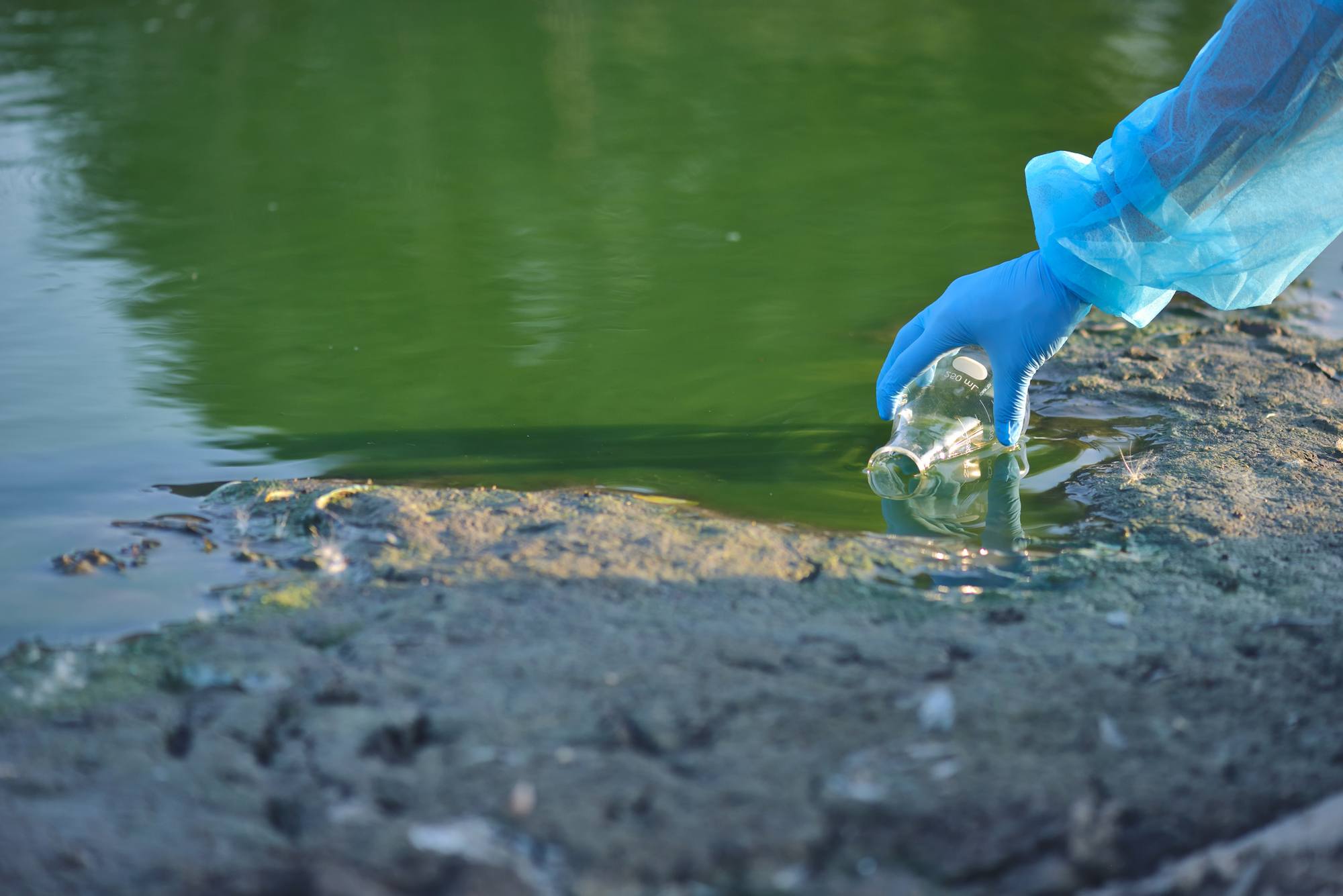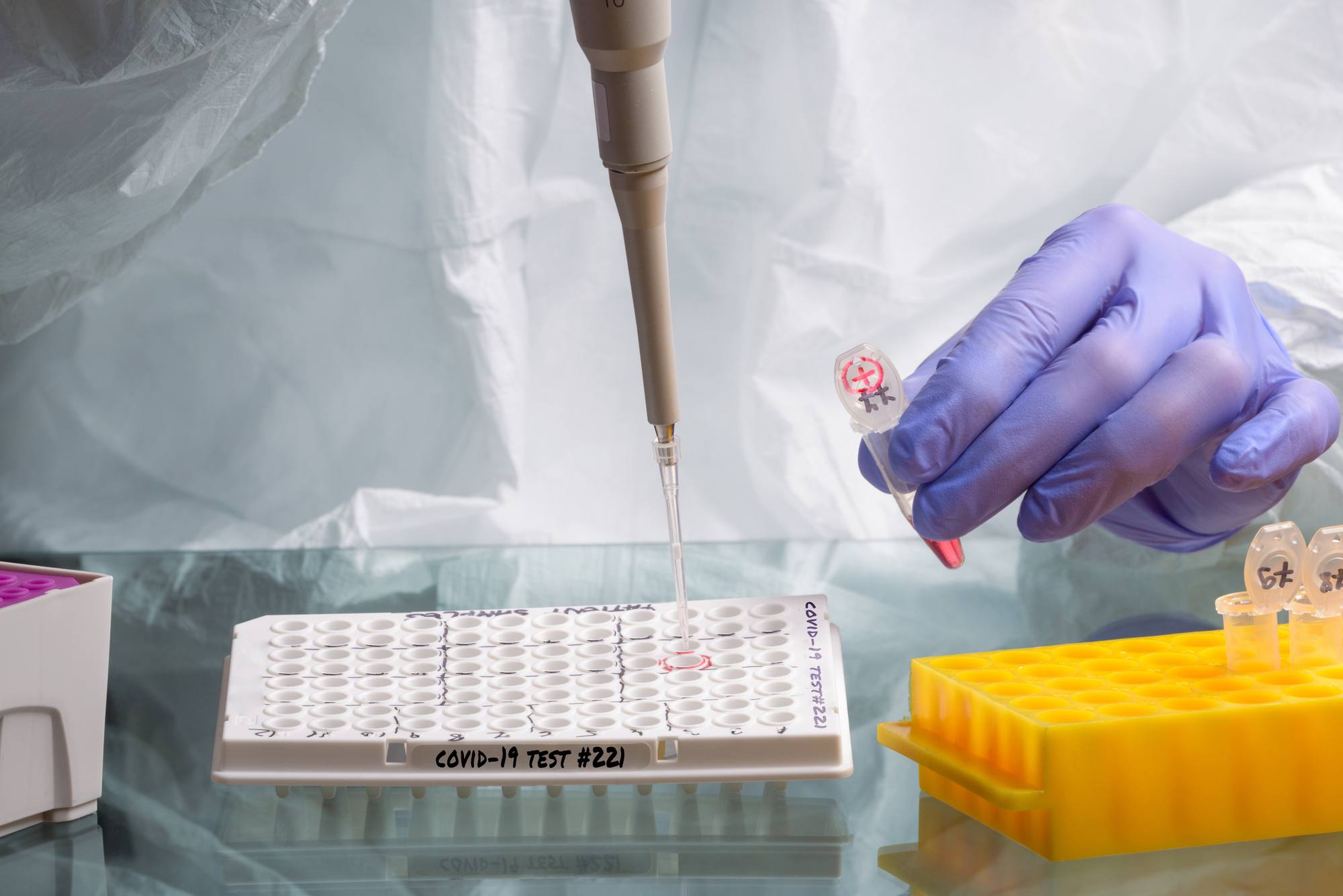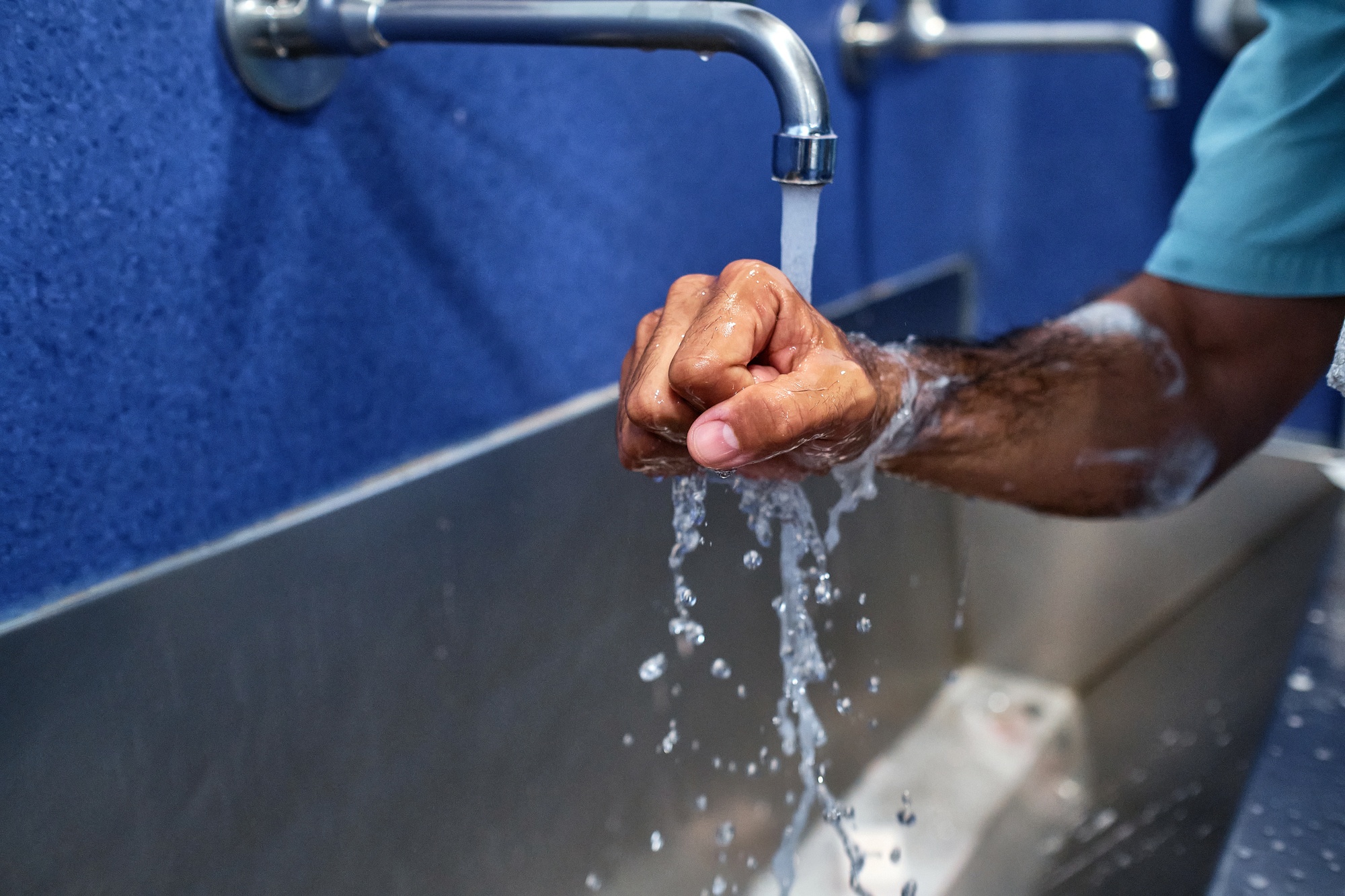
Education
Navigating Uncharted Waters: Five Questions Parents Should Ask Schools about Water Safety
Schools, universities, and all manner of other buildings across the country have been shut down for months. This long period of inactivity means that a whole host of waterborne pathogens will have had a chance to thrive in building water systems. Some of these pathogens can be dangerous and even deadly if present in elevated levels. Moreover, many of the standard water testing protocols do not detect some of the worst pathogens.
So much attention has been paid to limiting risks of COVID-19 infection for children and teachers, and rightfully so, but with a focus on the virus, other risks to children’s safety may have been overlooked. The simple – but scary – fact is that water systems in schools across the country may be harboring a variety of pathogens that can be harmful to health, or even fatal.
Given the unprecedented circumstances of COVID, many school facility personnel have simply never encountered a situation quite like this before, with water systems sitting stagnant for many months on end. Their lack of awareness, though, could spell real risks for children, not to mention teachers and administrators.
It has become clear to many parents, too, that teachers are a risk-averse group. Despite that, in many places, teachers are insisting on spending a minimal amount of time in the classroom. This is to the detriment of kids’ schooling, not to mention throwing a wrench in parents’ work schedules.
Imagine, then, if teachers started falling ill, not from COVID, but from waterborne pathogens. Schools would be closed in a New York minute. Better for parents to take proactive steps to ensure that schools are a safe place, for children and teachers alike, with air that’s virus-free and water that is also pathogen-free.
Following are five questions that we recommend parents ask schools about their water.
How long was the school and other facilities shut down during the pandemic?
If it was for even three weeks, water testing is a necessary precaution to ensure the safety of returning students, teachers, administrators, and support staff.
Have you had your facility’s water tested?
Testing is a necessary first step but testing for the wrong contaminants can also lull school administrators into a false sense of security, leading to the next, related question.
Which specific pathogens did you test for?
If they tested for Legionella and the others that are most sampled, with positive results, students and teachers may still be at risk. It is important that they provide a list of which specific bacteria were tested for. Recent research, such as a study that we conducted, shows that under these unusual circumstances many problematic bacteria may be lurking in school water systems that are not a part of standard testing protocol. Indeed, our testing has found that bacterial counts in stagnant water samples from unoccupied/under-occupied buildings were as much as 1,400 times higher than normal.
Have you blocked the school drinking fountains as a safety precaution?
Red flag! This seemingly innocuous step toward safety is in fact a huge step backwards. Blocking drinking fountains from use means more stagnant water in pipes, and as we have learned above, stagnant water is a breeding ground for pathogens. These pathogens can not only lurk in the drinking fountain pipes and emerge when the fountains are invariably re-activated but can make their way into the building’s main water system, posing health risks as well as huge costs. Many school districts are not allowing use of drinking fountains, but allowing bottle filling stations, which are typically common with drinking fountain piping. Ask the school Administration what measure are being taken to keep this water safe.
Have you heard about schools that have shut down because of other environmental issues, such as mold, lead, and asbestos?
This has happened in several school districts across the country over the last few years. We suggest that you think of the water safety issue in similar terms: as an issue that can be addressed readily and at minimal expense with proper protocol. However, if ignored the problem can fester, potentially causing serious health risks and massive, budget-busting remediation costs. We advise putting it to school administrators in those terms: better to have a short-term, small testing (and potential remediation) cost, rather than a long-term, huge, expensive headache along with health risks and legal liability.
Want to know more?
Reach out for quotes, additional product details, inventory status, installation questions and more.


